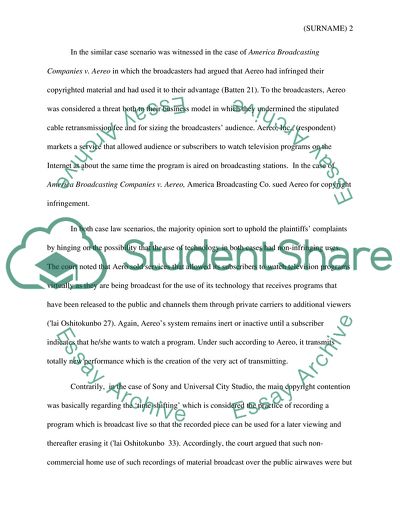Cite this document
(Comparing and Contrasting Court Cases Report Example | Topics and Well Written Essays - 2000 words, n.d.)
Comparing and Contrasting Court Cases Report Example | Topics and Well Written Essays - 2000 words. https://studentshare.org/law/1854053-freedom-of-expression-communication-class
Comparing and Contrasting Court Cases Report Example | Topics and Well Written Essays - 2000 words. https://studentshare.org/law/1854053-freedom-of-expression-communication-class
(Comparing and Contrasting Court Cases Report Example | Topics and Well Written Essays - 2000 Words)
Comparing and Contrasting Court Cases Report Example | Topics and Well Written Essays - 2000 Words. https://studentshare.org/law/1854053-freedom-of-expression-communication-class.
Comparing and Contrasting Court Cases Report Example | Topics and Well Written Essays - 2000 Words. https://studentshare.org/law/1854053-freedom-of-expression-communication-class.
“Comparing and Contrasting Court Cases Report Example | Topics and Well Written Essays - 2000 Words”. https://studentshare.org/law/1854053-freedom-of-expression-communication-class.


